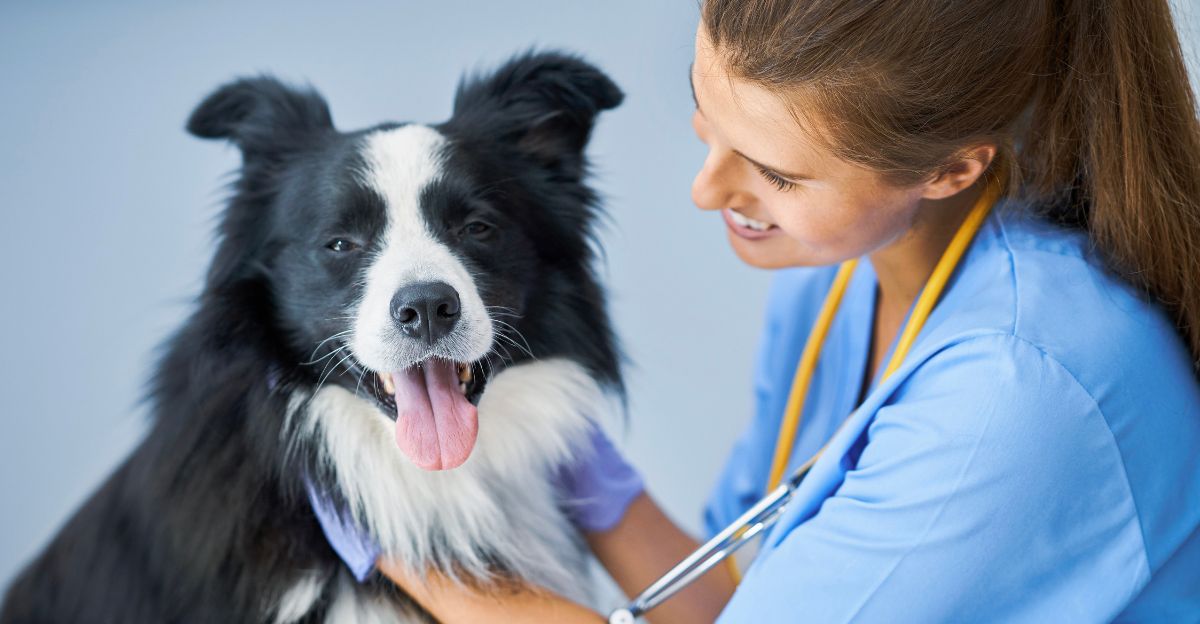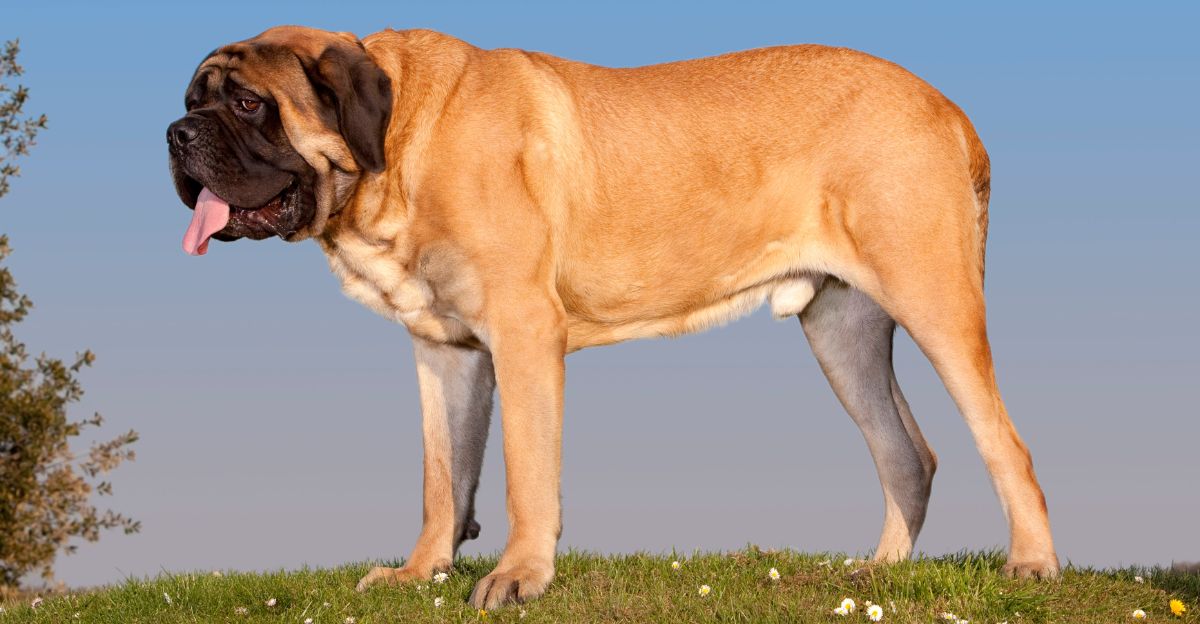
Since the 1950s, it’s been a popular notion that for every year a dog has grown, they’ve aged around seven in dog years. This notion still persists to this day, but this oversimplification has recently been debunked, as it is quite a bit more complicated than the straight conversion we’ve been led to believe.
A Marketing Tool

The original belief that dogs aged seven years for every human was popularized by veterinarians as a marketing tool to emphasize how quickly dogs age compared to humans and ensure that annual check-ups were prioritized to keep dogs in good health and have a steady stream of business for veterinarian hospitals.
Breed-Specific

While the outdated belief seems to cover all dogs equally, their breed is important as that changes how rapidly they age. Small breeds tend to live longer than large breeds and a dog over twelve should be considered “old.”
New Research

Using DNA methylation patterns, researchers have been able to track aging much more accurately than ever before. Dogs and humans have similar genetic age markers despite dogs aging much more rapidly than we do.
A New Method

With this research in mind, a new method for determining a dog’s age has emerged. A medium breed that’s one year old is typically 15 years old in human years. For every year after the first, the dog should age five years. This is supported by dogs rapidly aging in their first year and then slowing down slightly.
Young Vs. Old

A seven-week-old puppy is considered to be the same age as a nine-month-old human baby. This is supported by developmental milestones that dogs share with humans, such as teething and growth. After their first year, they are already well into their dog teenage years.
Biological Age Testing

Biological age markers can be assessed through kidney function and inflammation. A dog’s chronological age may not reflect how healthy it is. This shows that dogs can be biologically younger or older than they actually are, depending on lifestyle and other factors.
Guidelines

Veterinary guidelines from the American Veterinary Association indicate that dogs age twice as fast in their first year as they do in their second. Once they’ve reached age two, this further slows by about half, with each year tacking on five dog years.
Molecular Aging

With dogs and humans sharing age-related DNA methylation in genes like PCNA and TERT, it suggests that age is driven by a universal biological process, and not by specific traits tied to any one species. With further research, we may understand more about the way that other animals age.
Breeds Vary

While all breeds may age differently, depending on their size, Labrador retrievers have been studied extensively and used as an analog. Larger dogs will normally not live as long as medium or small breeds due to risk factors such as cancer susceptiblity and more stress on mechanical parts of their body like joints.
Health Implications

Many different breeds have unique age-related health implications such as hip dysplasia in larger dogs. Screen your dogs early on in their life to determine if they have any age related genetic disorders. As dogs age, their diet may also change, as they don’t need as many calories but still need nutrient rich food.
Future Research

As researchers study epigenetic clocks in both humans and animals, they could find surprising results that could aid anti-aging efforts in both. Long-lived breeds like Maltese may be the key to finding out what makes some breeds live for so long.
Many Different Factors

A dog’s age depends on many different factors, including lifestyle, breed, and size. There isn’t one rule to fit all dogs, and individual research is needed. Consulting vets can also give a dog owner insight into how their dog’s biological clock is.
Explore more of our trending stories and hit Follow to keep them coming to your feed!

Don’t miss out on more stories like this! Hit the Follow button at the top of this article to stay updated with the latest news. Share your thoughts in the comments—we’d love to hear from you!







